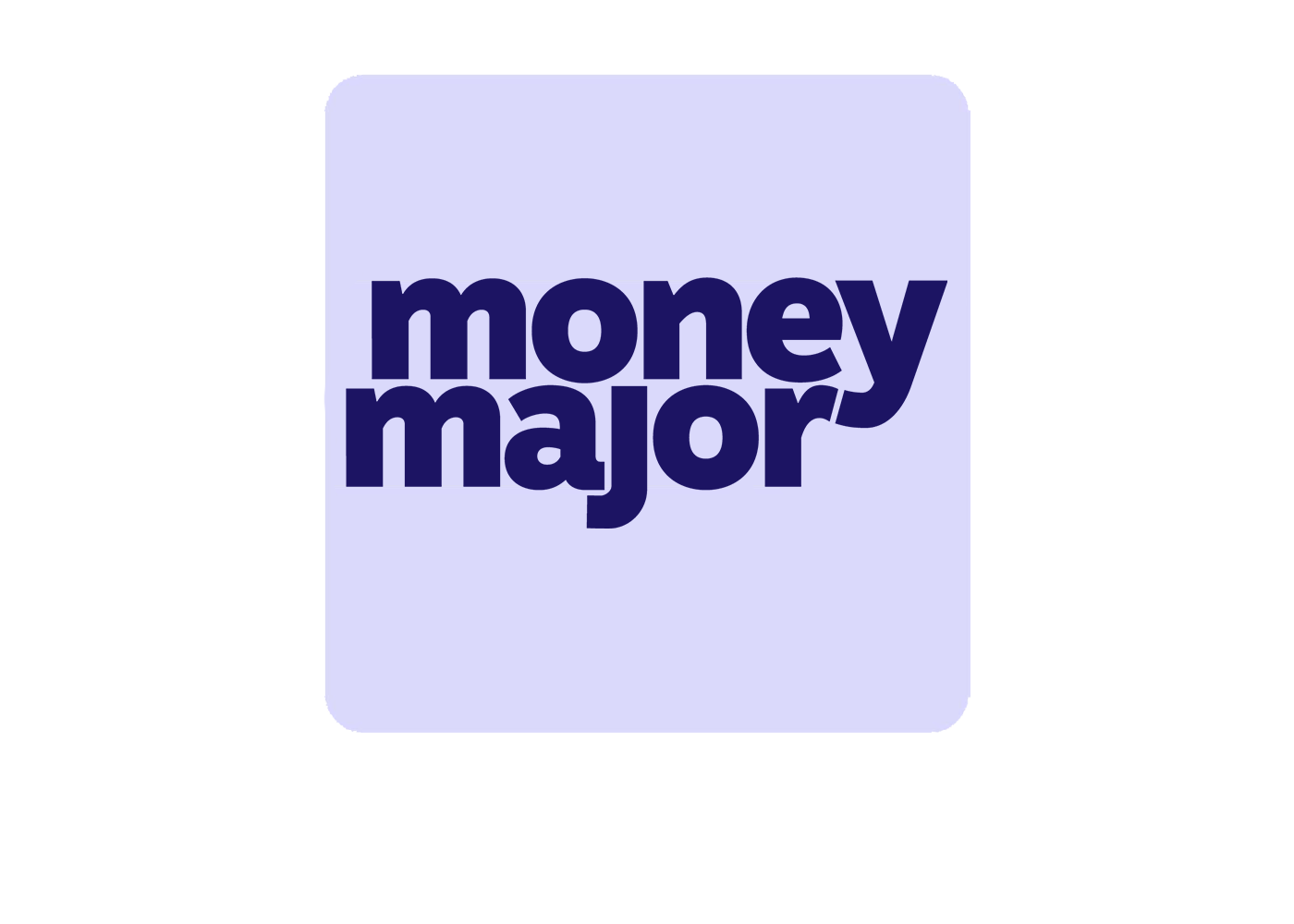Over the last year, many Canadians have felt the pressure of inflation and rising interest rates. As a result, 45% say that they plan on spending less money on fewer gifts this year, according to a BMO Survey. Even with the decrease in spending, 24% of those surveyed aren’t confident they’ll be able to pay off their post-holiday bills on time.
There’s no doubt that financial stress is real, but with the right strategy, paying off your credit card debt may be easier than you think. Follow these techniques to ease your repayment journey.
Redo your budget
Once the new year rolls around, it’s time to update your budget. The first thing you want to do is review your monthly expenses and your income to ensure everything is still accurate.
With the new numbers in place, you can analyse your spending. What you’re looking for is any areas where you can trim. For example, maybe you can reduce the amount you’re spending on eating out, or you could change cell phone plans. Any money saved would then be allocated towards paying off your debt.
If you don’t have a budget yet, start tracking your expenses for the next month or two so you can see where your money is going. This can be an eye-opening experience for many people as they often find out they’re wasting money on certain items. No one is suggesting that you cut out all the fun, but prioritizing what’s important – such as debt repayment – is essential.
Use the debt avalanche method
The best way to reduce your credit card debt is by using the debt avalanche method. With this method, you would focus on your highest-interest debt first. For example, say you have the following types of debt:
- Credit card debt – 21.99% interest
- Auto loan – 10.99% interest
- Personal loan – 8.99% interest
In this scenario, you would make the minimum payments for your auto and personal loan. You would then take any extra money and put it towards your credit card debt. Once that payment has been cleared, you’d then work on your auto loan. By doing this, you’d pay less interest overall.
Use the debt snowball method
Another way to reduce your debt is the debt snowball method. Instead of focusing on the debt with the highest interest rate, you would aim to pay off the debt with the lowest balance first. While this method will cost you more in interest compared to the debt avalanche method, some people prefer it because it can give them more confidence. The idea is that every time you clear one of your debts, you’ll get a mental boost that will encourage you to reduce the rest of your debt as soon as possible.
Use your savings
One of the top tips in personal finance is ensuring you have an emergency fund. This is essential because you’ll need to have some funds available in case unexpected expenses arise, such as car repairs or medical expenses.
While having an emergency fund is essential, using it to pay off credit card debt can be a solid plan. That’s because credit cards typically have an interest rate of 20%+. It’s not just your emergency fund you can use. You could also consider any other additional savings you may have.
Admittedly, dipping into your savings or emergency fund could leave you vulnerable if something else comes up. However, it’s also incredibly difficult to get ahead if you have high-interest debt, so paying it down as soon as possible is often worth it.
Consolidate your debt
If you’re serious about clearing your debt, you may want to consider a consolidation loan. Go to your financial institution and apply for a line of credit or personal loan. Depending on your relationship with your bank and credit score, you may be approved for a loan with a lower interest rate compared to your outstanding debt. You would take your loan and immediately pay off any high-interest debt that you have. After that, you’d only have to worry about paying off your loan.
Another option is to apply for a credit card with a balance transfer option that has a low promotional interest rate. For example, 12 months at 0% interest. With balance transfer credit cards, you can literally transfer the amount you owe on a high-interest card to your new card with a low-interest rate. Although a balance transfer fee of 1 to 3 per cent typically applies, the overall savings could be huge.
Anyone considering this route must understand that consolidation loans and balance transfer credit cards are still forms of debt. If you don’t have the discipline to pay off your existing debt, you could grow it instead.
- Read more: Learn How to Build Credit
Final thoughts
Getting out of credit card debt requires you to set goals and be in the right mindset. Even though it may take months to clear any outstanding balances, with the right discipline, you can lower the amount of interest you’re paying. During this time of debt repayment, it’s also a good idea to ask yourself how you got into debt in the first place and see if there are things you can do to avoid it in the future. The last thing you want is to go into debt again next year and start this process all over again.

Barry Choi is an award-winning personal finance and travel expert. He regularly appears on various shows in Canada and the U.S., where he talks about all things money and travel. His website - Money We Have - attracts thousands of visitors daily, looking for the latest stories on travel and money.



